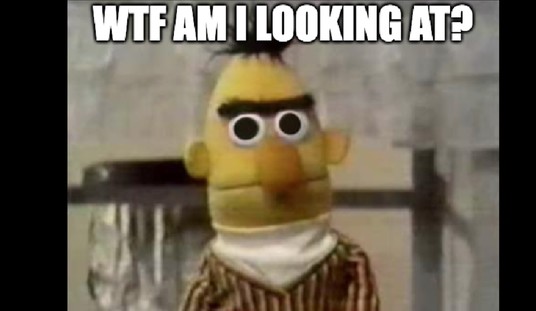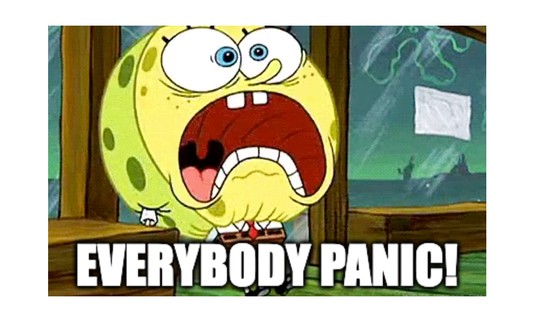In what’s a sure-to-go-viral clip in the next few hours, Sen. Rand Paul and Dr. Anthony Fauci got into it over lockdowns, New York’s response to the virus and if New York City has so-called herd immunity or not:
Fauci aggressively pushes back at Rand Paul’s continued narrative that NYC’s infection rate is < 1% due to herd immunity. Fauci notes that if he thinks 22% of the pop. constitutes herd immunity, “he’s alone”. Fauci instead points to mask wearing & social distancing as factors.
— Bianna Golodryga (@biannagolodryga) September 23, 2020
Here’s the exchange with Sen. Paul arguing that New York’s current success battling the virus could be because of “enough community immunity” thanks to New York’s awful initial response to COVID-19 with Dr. Fauci disagreeing:
"You misconstrued that, Senator. And you've done that repetitively in the past." — Fauci is out of patience with Rand Paul pic.twitter.com/6xRoO19ZYL
— Aaron Rupar (@atrupar) September 23, 2020
But here’s the major thing Dr. Fauci left out. . .
New York City as a whole might show that around 22% have already been infected, but if you look at it neighborhood by neighborhood, there are places that are at or close to herd immunity. From the New York Times:
"In one ZIP code in Queens, more than 50 percent of people who had gotten tested were found to have antibodies, a strikingly high rate. But no ZIP code south of 96th Street in Manhattan had a positive rate of more than 20 percent." https://t.co/v5WGsX9SFN
— Gideon Resnick (@GideonResnick) August 19, 2020
Recommended
Also, New York City’s positive rate might be under 1%, but, again, that’s not the story *everywhere*. In parts of Brooklyn right now, for example:
COVID 19 Cases approaching 5% in Midwood – Boro Park – Bensonhurst cluster, https://t.co/9OFW9l7Ogz City urges compliance to avoid further increase in community transmission. More info coming.
— BKLYNER (@bklyner) September 23, 2020
New York City is a big and complicated place and we know for a fact that the virus hit some neighborhoods much worse than others. It is certainly possible then that there is some degree of herd immunity in these hard-hit neighborhoods and that is helping to keep the infection rate low. In other parts of the city that didn’t show high infection rates during the early months, there’s no reason to believe that those places would get worse with all the measures in place.
So, Sen. Paul’s point is more than valid and it’s something that should be looked at and not just dismissed.
***
























Join the conversation as a VIP Member